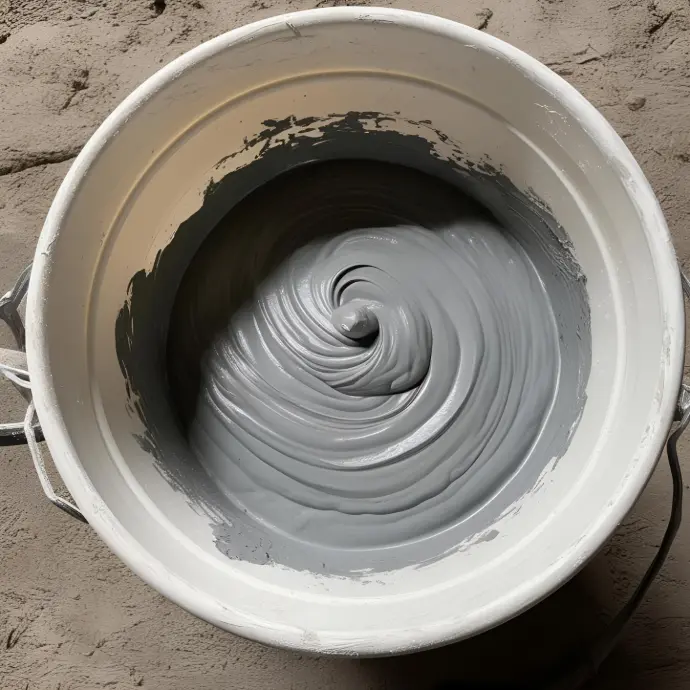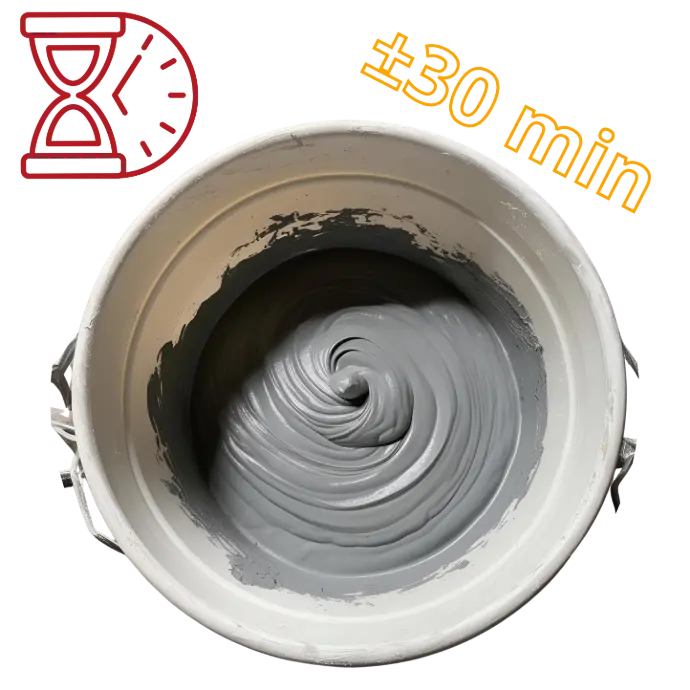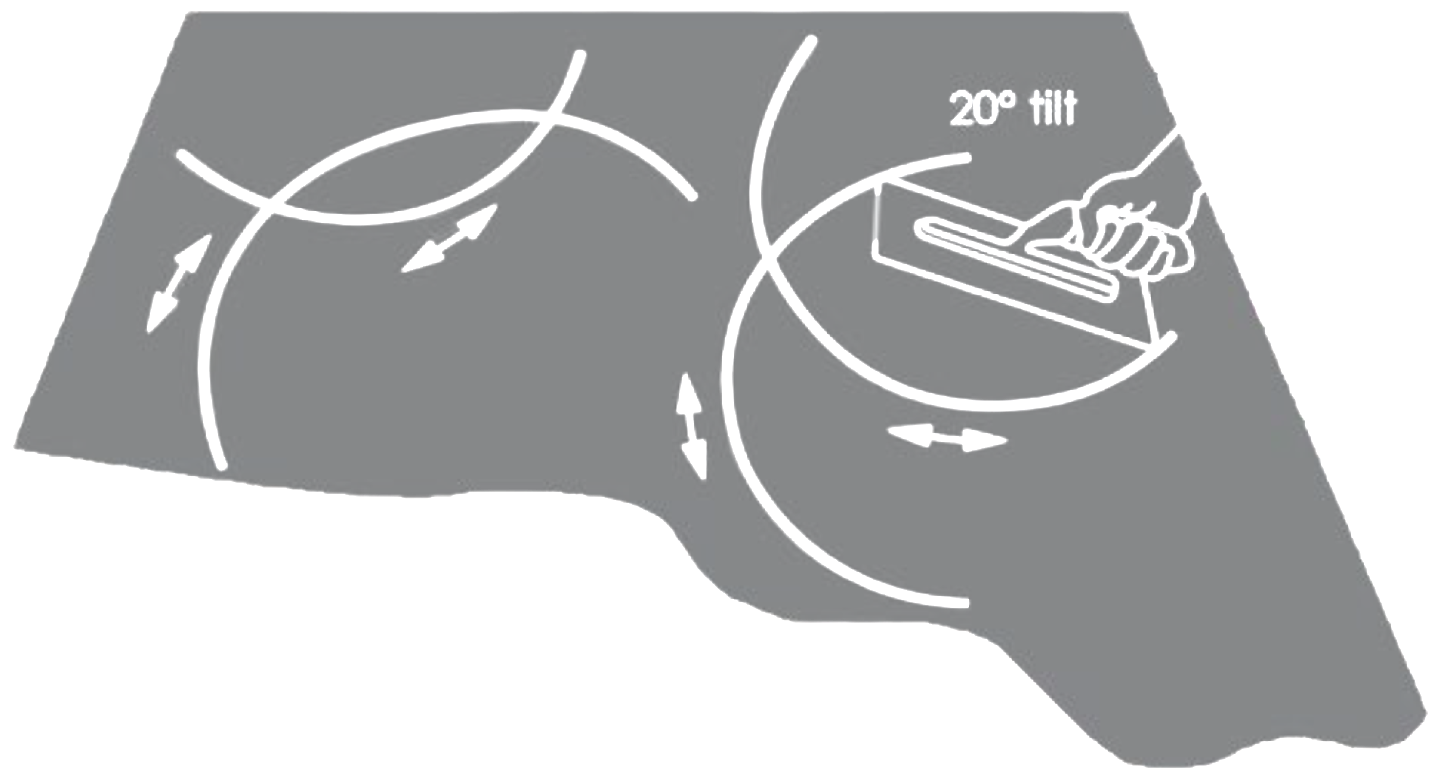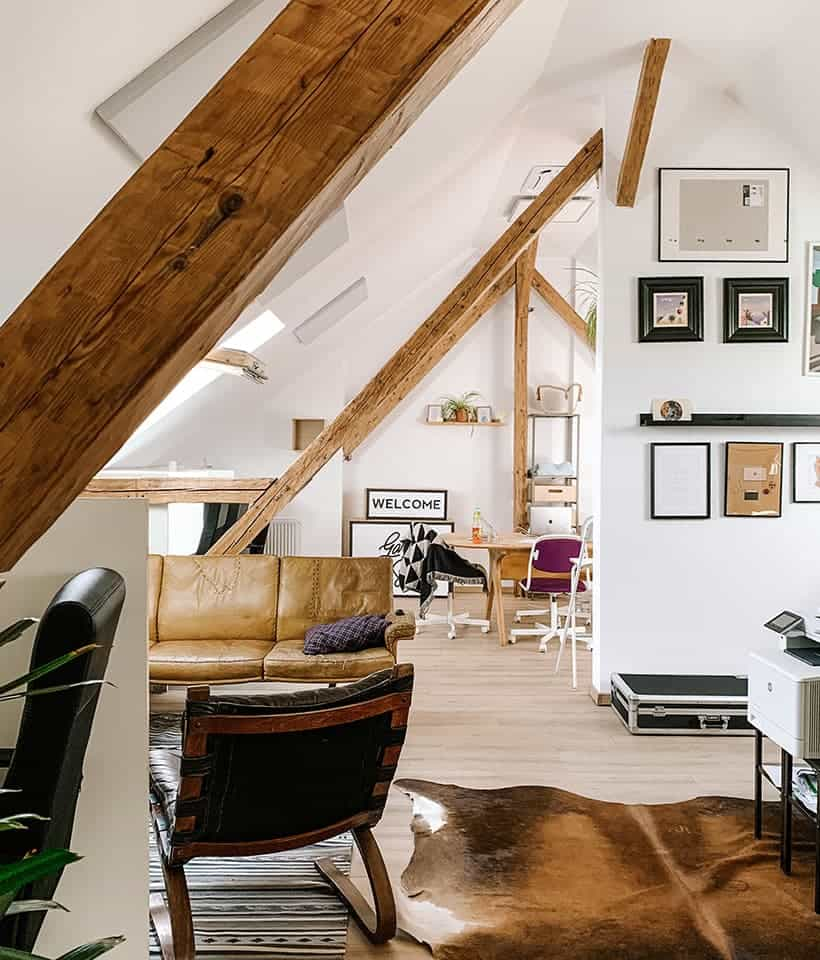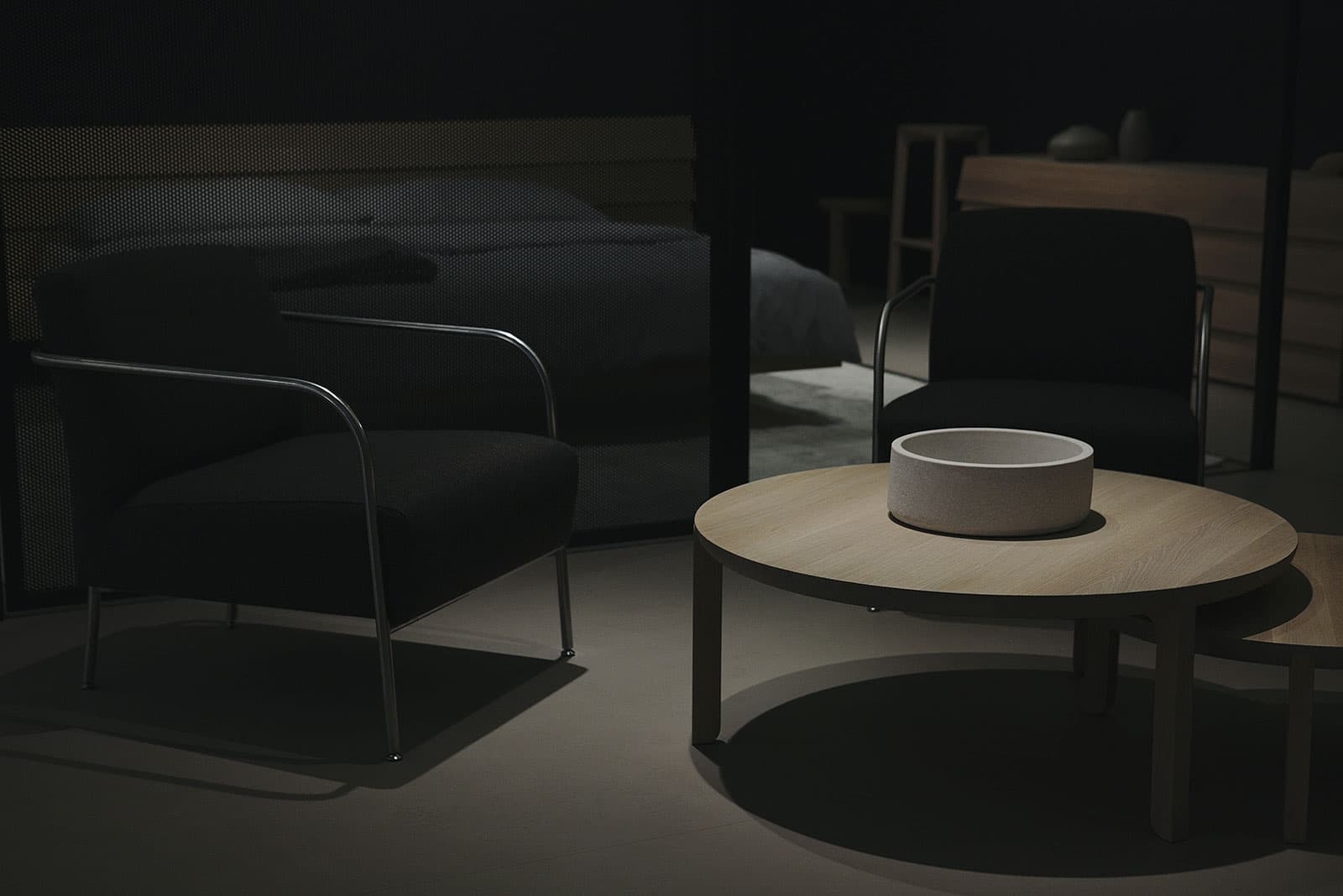How to apply microcement?
Follow these steps to apply microcement with ease
Learn how to apply microcement step by step and get the results you’re looking for.
What you need to know
The wall kit
The wall microcement kit includes everything you need to achieve a flawless microcement finish: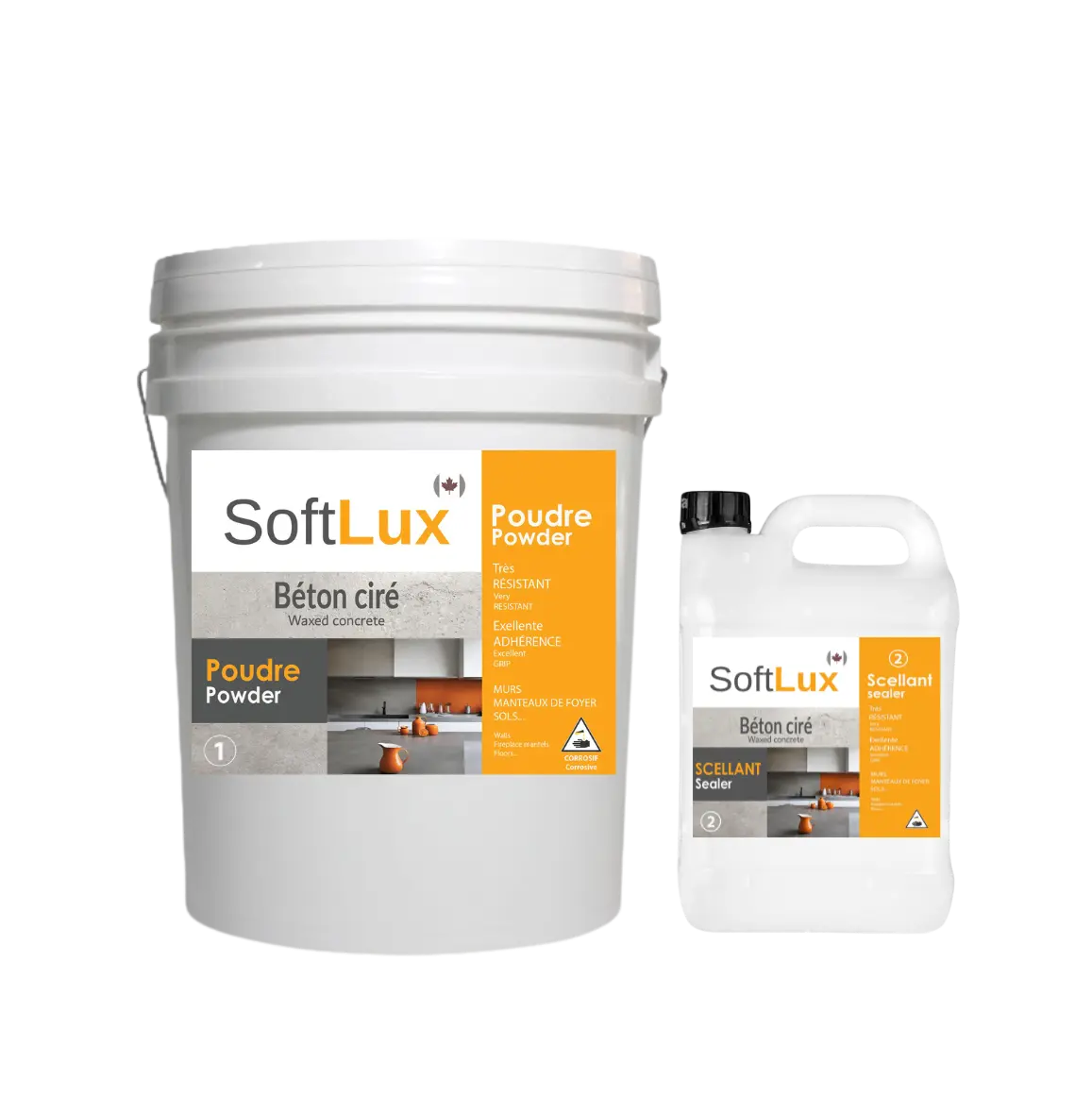
- Microcement powder;
- Protective sealer.
- For the best application experience, we recommend purchasing the optional Tools kit
- A drill with a mixing paddle is also needed to prepare the microcement mixture.
Covering more than 200 sq. ft. ?
- If your project exceeds 200 sq. ft., we strongly suggest using an orbital sander to make sanding easier and reduce fatigue.
SoftLux microcement can be applied to many stable wall surfaces.
Accepted surfaces | Les supports refusés |
|
|
Not sure if your surface is suitable? ? Contact us — we’ll be happy to help!
Important : The surface must be sound, smooth and free of cracks. Microcement is a decorative finish and will not hide imperfections. .
Surface preparation
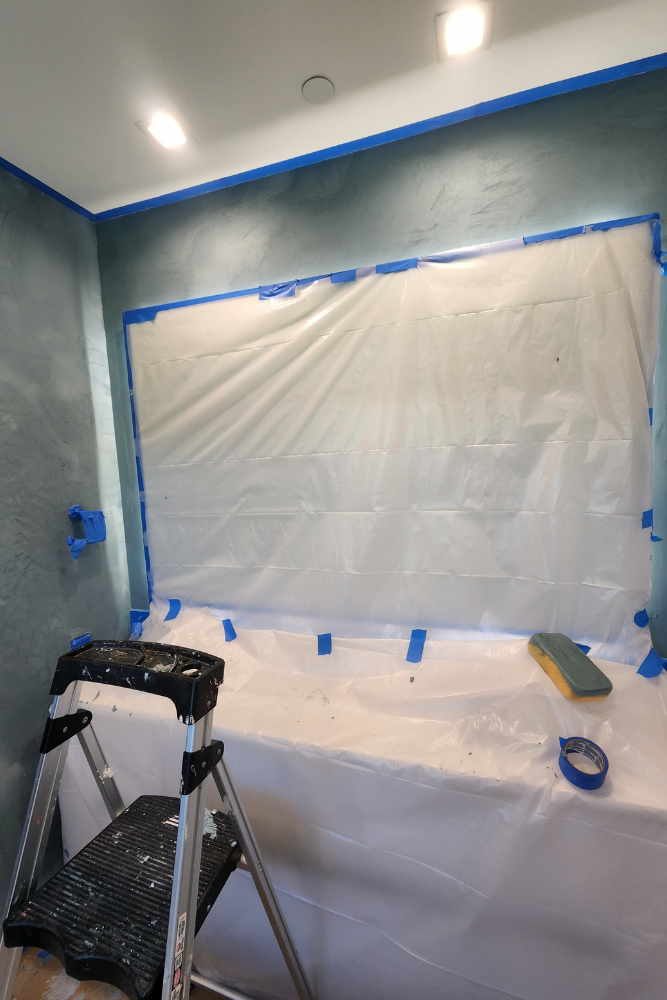 Just like with painting, protecting adjacent surfaces before applying microcement is essential.
Just like with painting, protecting adjacent surfaces before applying microcement is essential.
Although fluid and adhesive, this coating can leave stains that are difficult to remove from nearby walls, floors, or furniture.
By using drop cloths, masking tape, and properly preparing your surface (cleaning, sanding, degreasing), you’ll ensure a clean application and a flawless result. Proper protection not only prevents splashes but also saves you from tedious touch-ups after installation.
The first step is to:
- mark off the application area with masking tape
- and carefully protect all surrounding surfaces.
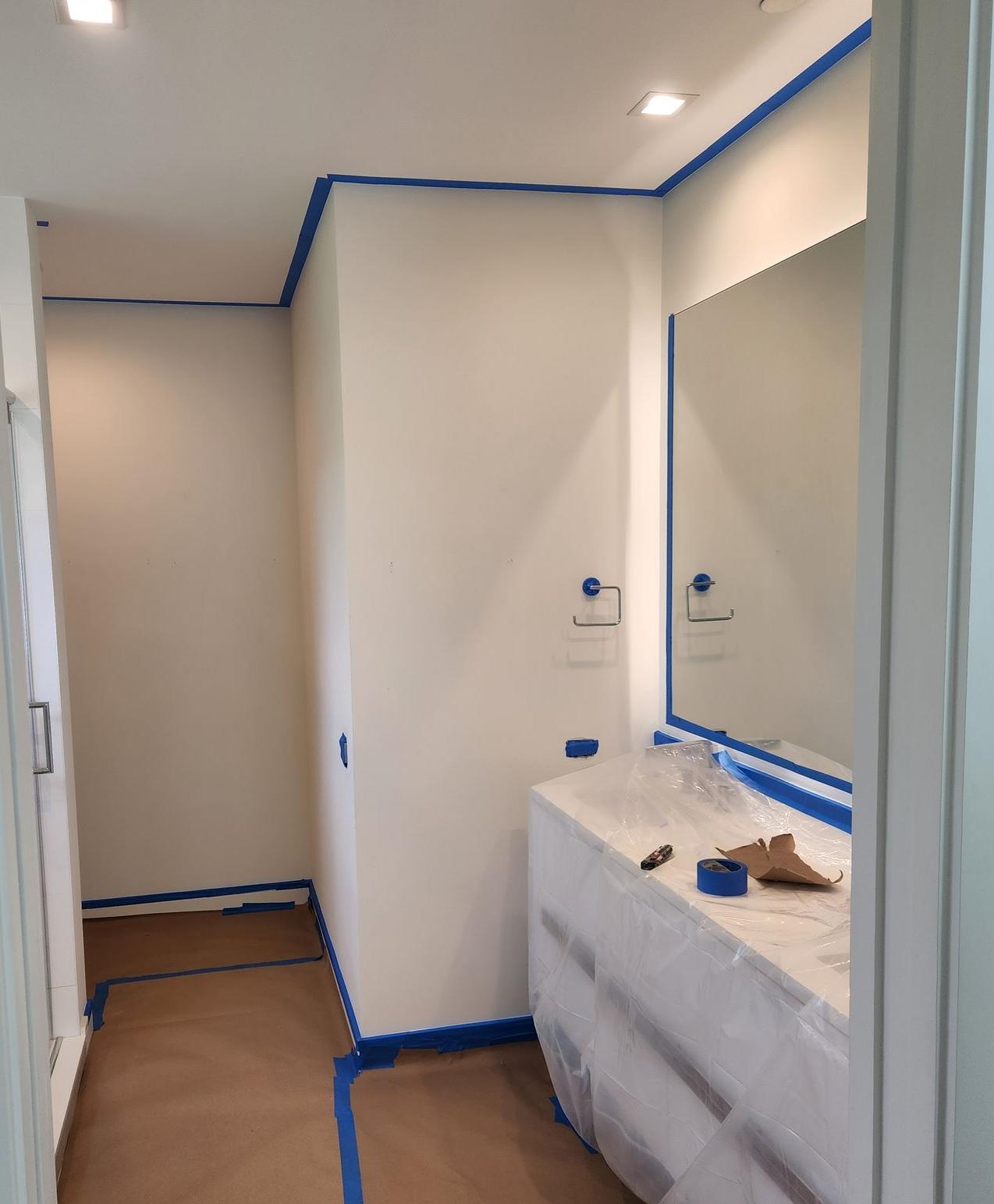
It’s essential to clean the surface to ensure it’s ready for the primer. It must be clean, free of dust, and properly prepared to ensure good adhesion.
New wall (drywall, plaster, raw masonry, etc.) | Previously painted wall |
|
|
Once the surface is smooth, remove all dust with a vacuum, then move on to the primer application step.
Primer application
A 945 ml container of primer covers approximately 100 sq. ft.
Open one of the primer containers, mix well, and pour about half (approx. 500 ml) into a roller tray.
Pro tip: Do not dilute the primer with water when using it to fill grout lines on tile. Apply it with a trowel. Let the grout-filling coat dry for 12 hours before applying the second coat of primer.
Apply the primer to your surface using a roller — just like painting.
Be sure to cover all edges and corners carefully.
Let the primer dry for at least 2 hours.
Once dry, you can lightly sand any excess build-up with a sanding block, then vacuum up the dust. (Optional)
Applying microcement
Microcement is applied in two layers, each about 1 mm (1/25") thick.
Remove the painter’s tape and clean your tools while the mortar is still wet.
Smoothing tools can become extremely sharp!
Always handle them with great care.
Mixing instructions: In a clean bucket, pour in the powder (maximum 4 kg), then add 90% of the required water. Mix using a low-speed mixer for at least 3 minutes, until you get a smooth, lump-free paste that holds well on a trowel. Let the mixture rest for 5 minutes before application. The final mixture should be smooth and creamy, with a consistency that sticks to the trowel without dripping. |
|
Pro tip:
Important: Keep track of.the exact amount of water added to each batch to maintain a consistent powder-to-water ratio and avoid noticeable colour variations
|
|
| 1. Transferring the mortar: Use a taping knife to transfer the mortar onto the trowel. | |
2. Recentring: Use the plastering technique by regularly recentring the material on the trowel with the taping knife. This helps avoid excess buildup and keeps the layer even. | |
3. Trowel application:
|
|
4. Evening out: As soon as the mortar starts to set*, remove any excess and smooth the surface using a dry sponge. *It should no longer leave a fingerprint, but still be soft enough to even out. | |
5. Drying: Let the first coat dry for at least 4 hours, and protect the unfinished surface from stains and damage. |
- Trowel application: Hold the trowel at a 30° angle, and apply the microcement using overlapping semicircular motions. Apply light pressure as you spread the material.
- Evening out: As soon as the microcement starts to set*, remove any excess and smooth the surface with a dry sponge. *It should no longer show a handprint, but still be soft enough to smooth out.
- Drying: Let the first coat dry for at least 4 hours, and protect the unfinished surface from stains and damage.
- Sand with 120-grit to smooth out the surface
- Then sand with 220-grit for a finer finish
- Vacuum the surface, then wipe it with a slightly damp cloth
- Let it air dry before moving on to the sealing step.
Sealer application
- The sealer acts as a pore filler. It will slightly darken the microcement and reveal its final colour.
- It’s important to work the sealer into the surface thoroughly to fully saturate the pores.
Do not leave any excess or buildup.
- Pour about 1/4 of the contents into a paint tray to start.
- Begin by applying the sealer to the edges and corners with a brush.
- Then, apply a thin, even layer across the entire surface using a foam lacquer roller.
- Be sure to keep the layer as thin as possible.
- Roll in one direction, then cross-roll in the opposite direction to avoid roller marks.
- Use a stain applicator pad to smooth out any roller marks or imperfections.
- Let dry for at least 24 hours.
Do not touch the microcement before it’s fully dry— you could leave fingerprints on the surface!
